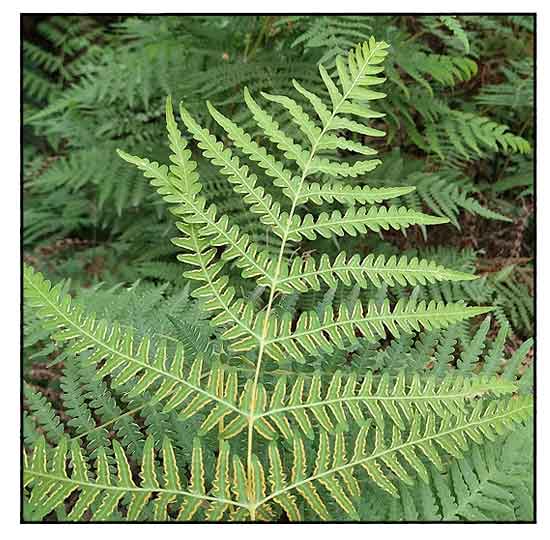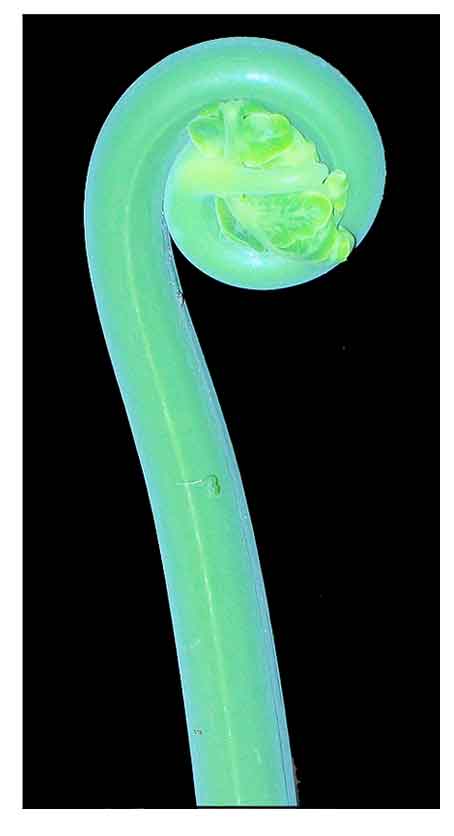
Family • Dennstaedtiaceae
Dumalio
Histiopteris incisa (Thunb.) J.Sm.
BAT'S WING FERN
Li jue
| Scientific names | Common names |
| Histiopteris incisa (Thunb.) J.Sm. | Dumalio (Tag.) |
| Litobrochia incisa (Thunb.) C.Presl. | Bat's wing ferm (Engl.) |
| Phegopteris incisa (Thunb.) Keyserl. | Downy water fern (Engl.) |
| Pteris incisa Thunb. | Fern mata (Engl.) |
| Water fern (Engl.) | |
| Histiopteris incisa (Thunb.) J.Sm. is an accepted species. KEW: Plants of the World Online | |
| Other vernacular names |
| CHINESE: Li jue. |
| COOK ISLANDS: 'Are-rupe. |
| FRENCH: Fougere d'aile de chauve-souris, Fougere d'eau, Mata fougere. |
| MAORI: Matata. |
August 2023
![]()
 |
| PHOTOS / ILLUSTRATIONS |
| IMAGE SOURCE: Photo: Sori arrangement on Histiopteris incisa / Poyt448 - Peter Woodard / CC BY-SA 4.0 / click on image or link to go to source page / Wikipedia |
| OTHER IMAGE SOURCE: Fern at Dee Why, Australia: Histiopteris incisa Bat's Wing Fern / Poyt448 - Peter Woodard / CC0 / click on image or link to go to source page / Wikipedia |
Additional
Sources and Suggested Readings |
• |
DOI: It is not uncommon for links on studies/sources to change. Copying and pasting the information on the search window or using the DOI (if available) will often redirect to the new link page. (Citing and Using a (DOI) Digital Object Identifier) |
| List of Understudied Philippine Medicinal Plants |
• |
 |

 Gen info
Gen info
